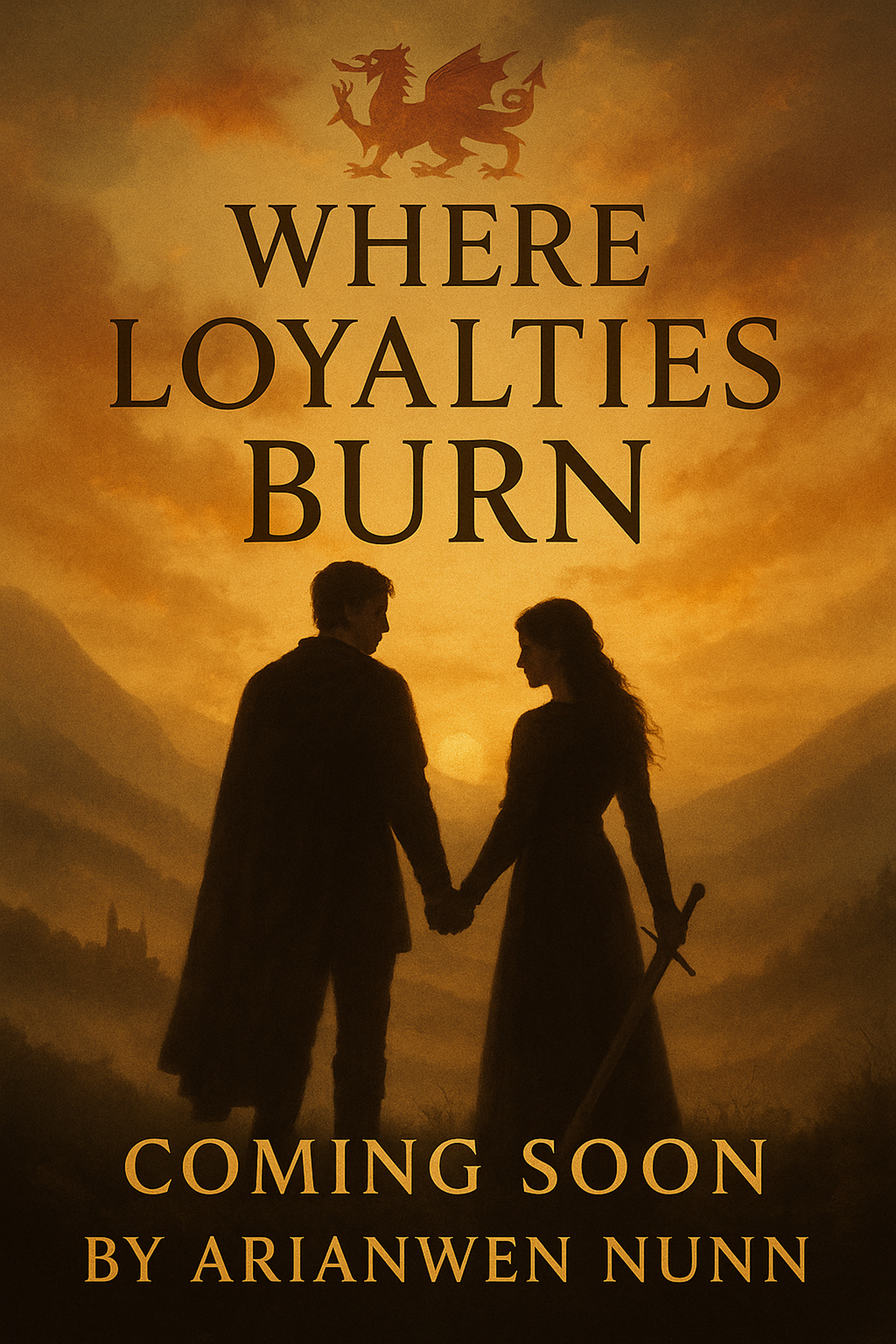
Coming Soon: Where Loyalties Burn
A sweeping tale of love, rebellion, and the women who shaped the fate of medieval Wales.
I'm thrilled to share that my new novel, Where Loyalties Burn, is coming soon!

Married To A Welsh Warrior
In the Middle Ages, marriage was a complex institution that merged both personal and political dimensions. A wife was not only a partner in the domestic sphere but also an essential support system for her husband's role as a warrior, leader, and protector of the family and those they cared for and cared for them. The experiences of these women were shaped by their cultural, political, and social environments, and their lives were intertwined with the fate of their land and people.
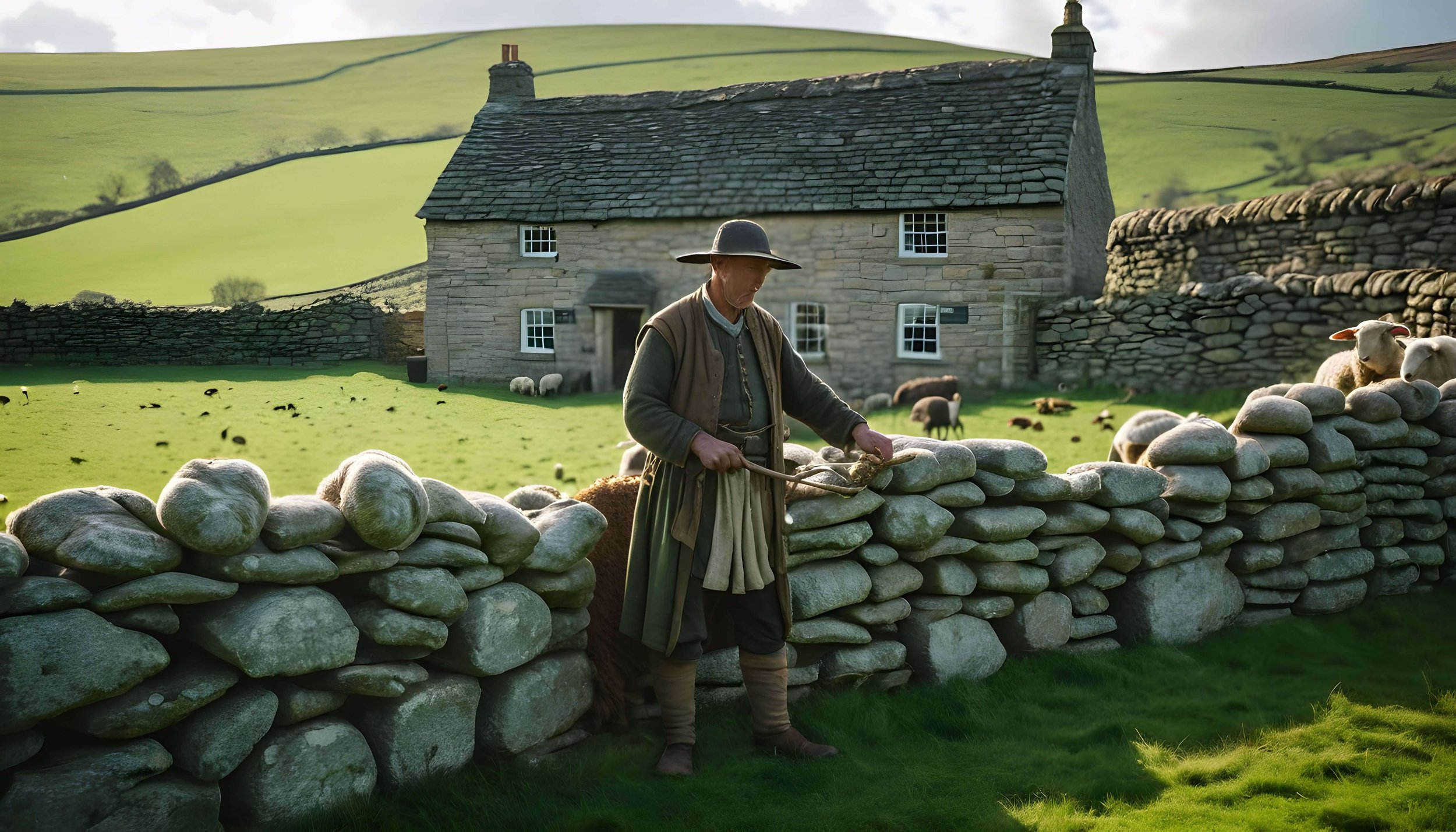
How the Enclosure Movement Influenced the Production of Wool and Cloth in 18th Century England
GUEST BLOG: HISTORICAL FICTION AUTHOR, PAUL RUSHWORTH-BROWN on How the Enclosure Movement Influenced the Production of Wool and Cloth in 18th Century England

Who was Owain Gwynedd, and how did he defy England?
Owain Gwynedd, son of Gruffudd ap Cynan, was one of the most formidable rulers in Welsh history. He took the throne of Gwynedd in 1137 and spent his reign expanding his territory, challenging the English crown, and securing Gwynedd’s status as the dominant power in medieval Wales. He was bold and ambitious and styled himself as the "Prince of Wales."

Medieval Beauty and Skincare: A Glimpse into the Past
When we picture women of the Middle Ages, it's easy to imagine lives devoid of luxury, with beauty limited to the natural and untouched. Yet, history reveals a fascinating world of medieval cosmetics and skincare rituals, where women harnessed what natural ingredients were available to them to enhance their appearance. The pursuit of beauty was as alive then as it is today, though shaped by the constraints and resources of the era, and the use of natural ingredients connects us to these historical practices.
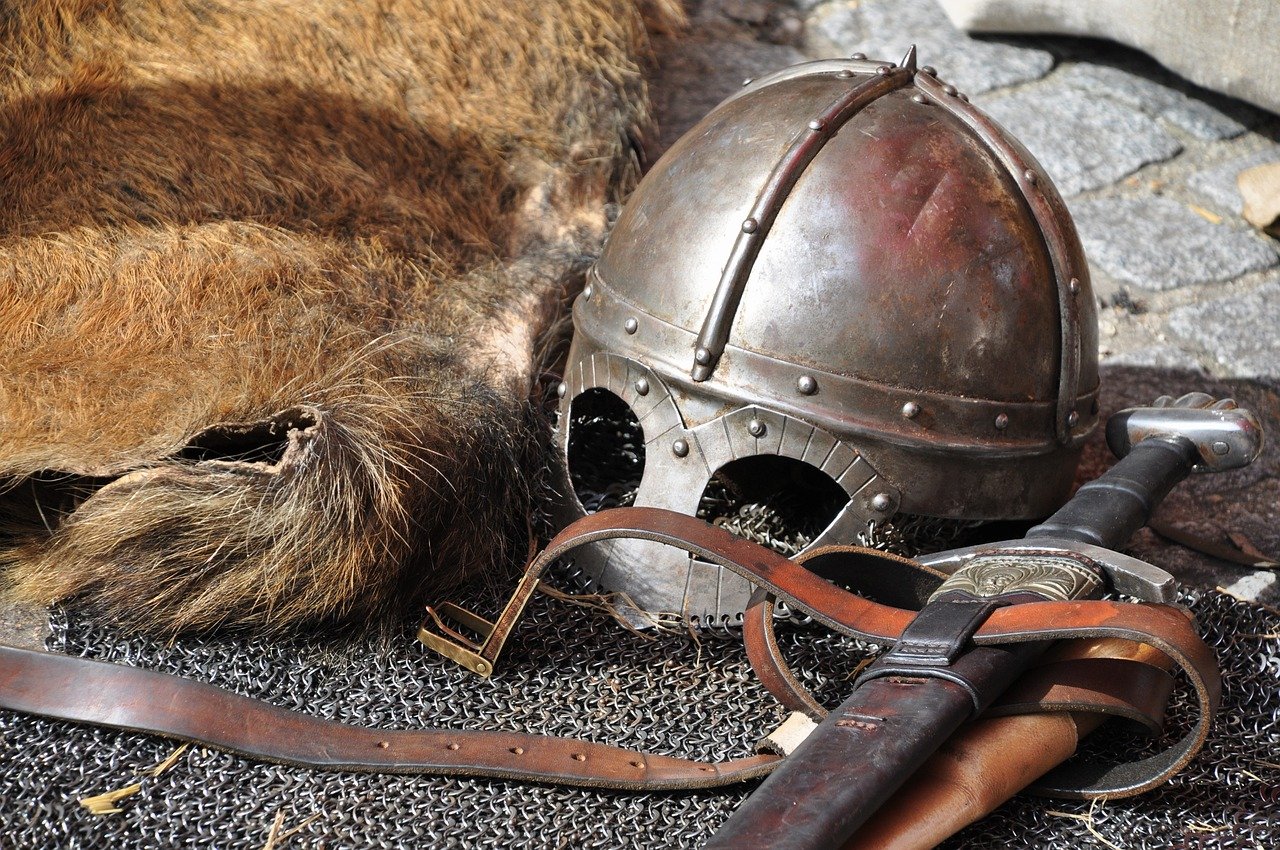
Living in a North Welsh Frontier in the Middle Ages
Angharad ferch Owain, the heroine of my book, ‘The Welsh Traitor’s Daughter’, was brought up in Tegeingl at the end of the 11th Century in north-eastern Wales. It was a turbulent time when the area saw a frontier society's growth. The area she called home was a sparsely populated region, known as the Perfeddwlad by the Welsh and later became recognised as St. Asaph's diocese by Anglo-Normans. What fascinated me was that Angharad’s place of birth and surroundings gave me a unique lens through which to explore cultural, political, and social interactions in a Welsh frontier zone, particularly from a woman’s point of view.

Welsh Trivia for Christmas
Discover the magic of Welsh Christmas traditions with our festive blog! From the nostalgic charm of Dylan Thomas’s ‘A Child’s Christmas in Wales’ to unique customs like Noson Gyflaith and Mari Lwyd, explore how Wales celebrates the holiday season. Plus, uncover Welsh film and Disney connections, and learn how to say 'Merry Christmas' in Welsh: Nadolig Llawen!
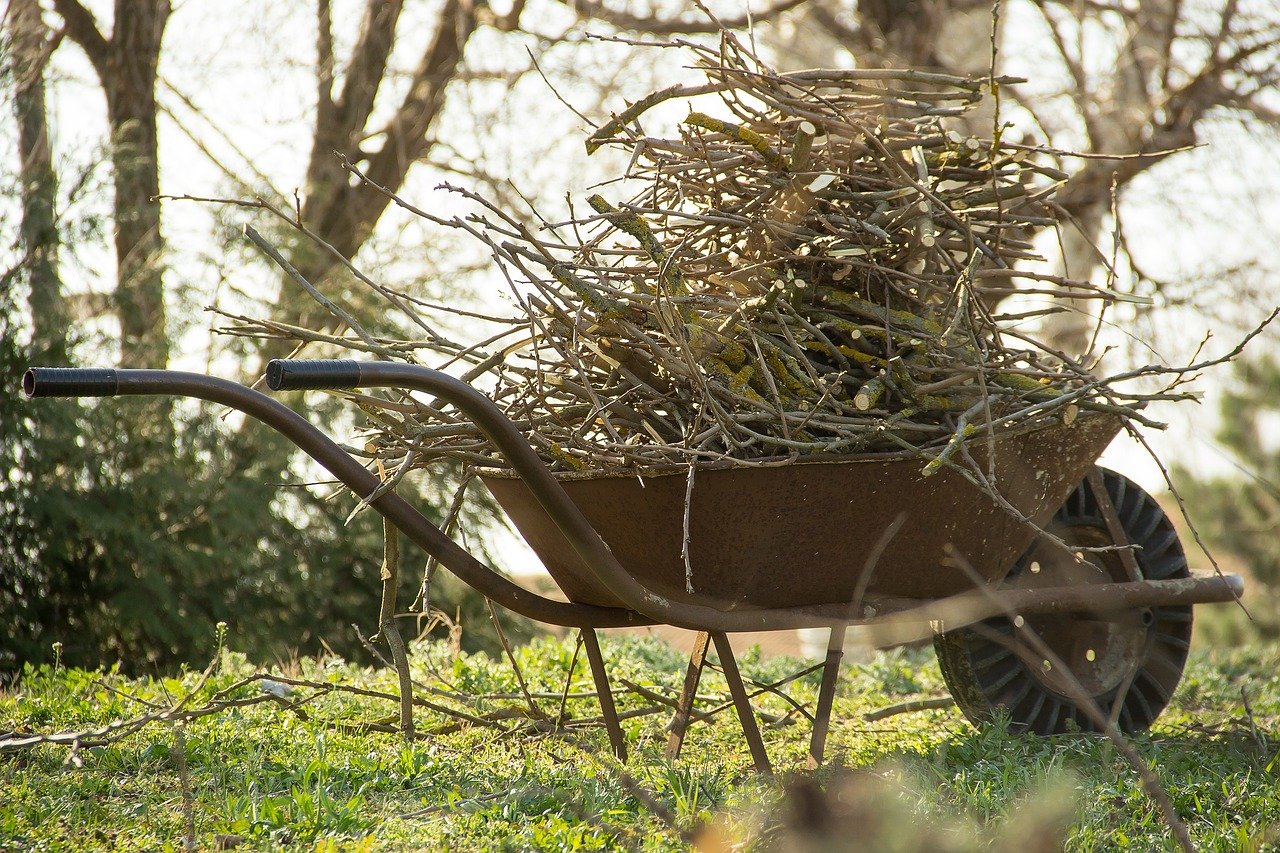
Some innovations which came to the Welsh as a result of the Crusades
The Crusades, a series of religious wars fought between the 11th and 13th centuries, are often remembered for their conflict and cultural exchanges between Europe and the Middle East. The Welsh participated in the Crusades and brought back some innovative ideas, technologies, and products. Some are pretty surprising.
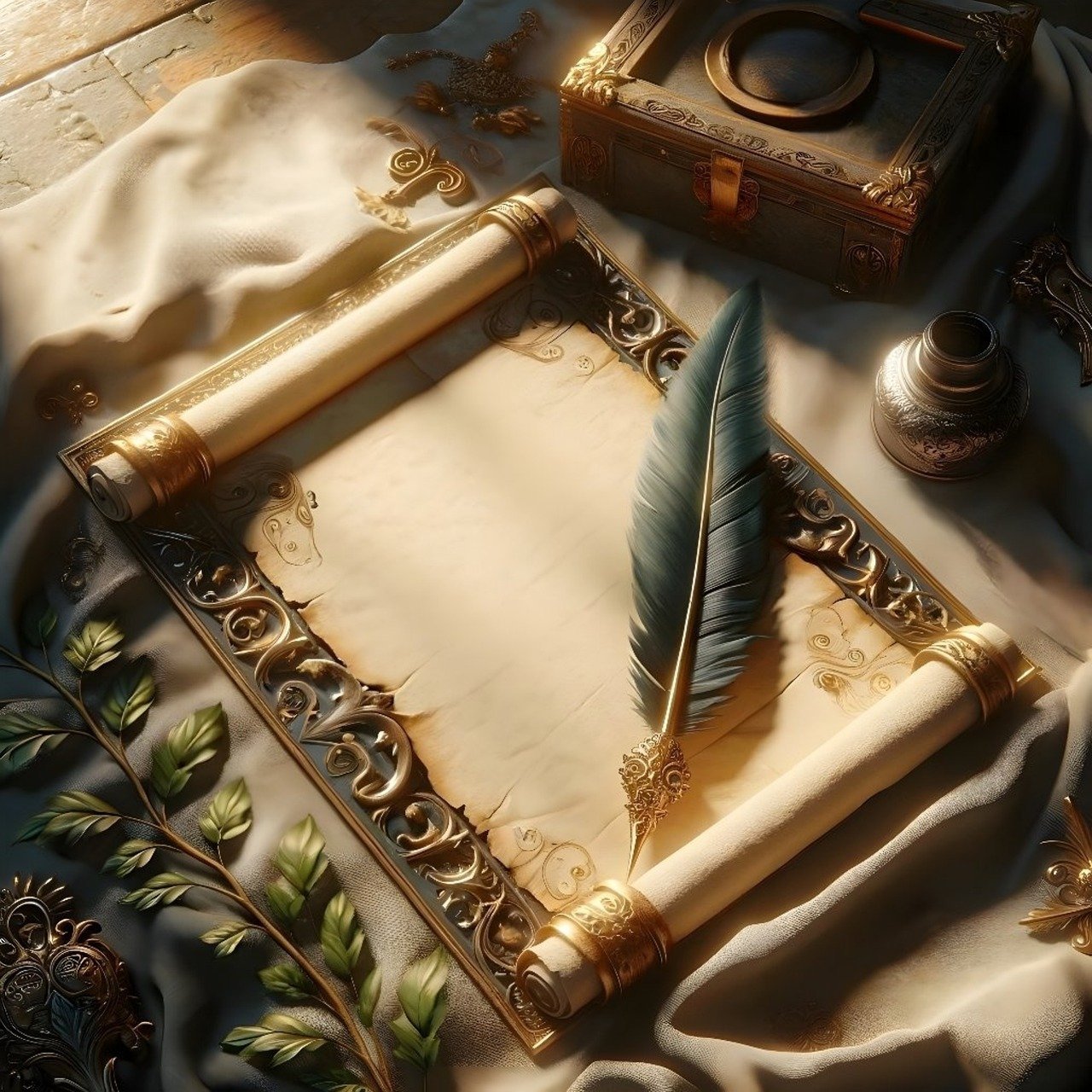
Gerald of Wales
Gerald was born into a family with ties to powerful Welsh and Norman dynasties, so his heritage positioned him as a unique witness to the Anglo-Norman attempts to subjugate Wales. However, his conflicting loyalties and feelings about his Welsh heritage would shape his life, ambitions, and writings, presenting him as a figure emblematic of the complex relationship between the Welsh and their conquerors.

Accomplishments Expected of Welsh Noblemen in the Middle Ages
What was expected of Welsh noblemen of the Middle Ages? There were certain expectations to live up to and the best strived to embody a blend of scholarly, martial, and cultural accomplishments that reflected the values and ideals of their time. These men, often from wealthy and influential families, were expected to demonstrate their excellence across various disciplines—intellectual, physical, and social. Two notable figures who exemplified these traits were Hywel ab Owain Gwynedd Ieuan ap Rhydderch, whose lives and works provide us with insight into the education and achievements of Welsh noblemen.
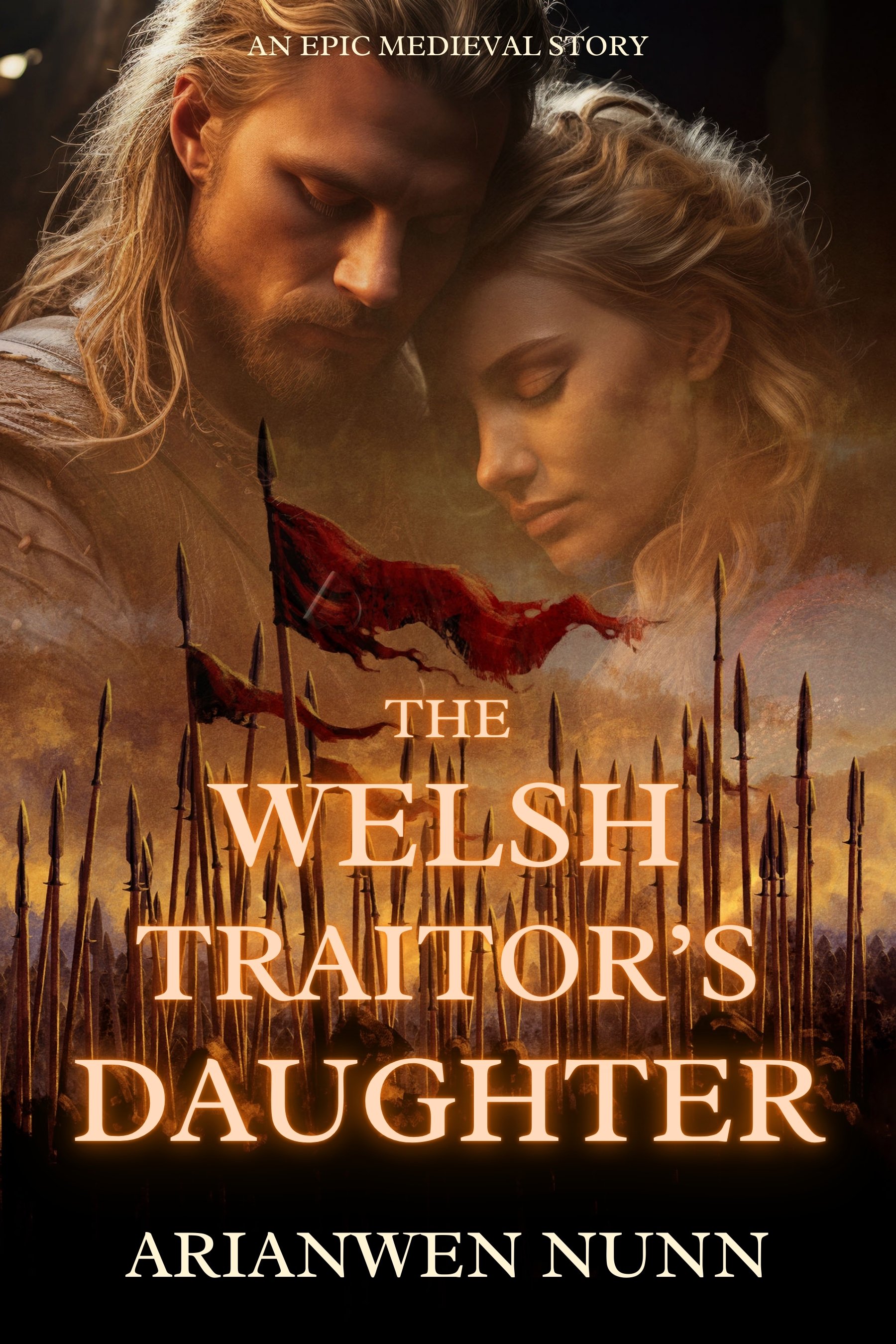
What made the love story of Angharad and Gruffydd special?
The love story of Gruffydd ap Cynan, King of Gwynedd and the beautiful Angharad, daughter of Owain ap Edwin, is often overlooked while their children’s stories are much more familiar. Their daughter, the warrior princess Gwenllian and her elopement with landless Prince Griffith of Dehuebarth is a tale of daring and tragedy, while the love and marriage of their son, the firebrand Owain Gwynedd, for his cousin, Cristin, flouted church law. Gruffydd and Angharad, however, found passion in turmoil, loyalty in a time of challenge and a deep lingering love that stood the test of time.

Was Princess Gwenllian an Author?
The Mabinogion, a collection of medieval Welsh tales, has long been celebrated as one of the cornerstones of Welsh mythology. They are very old writings found in the White Book of Rhydderch (c. 1325) and the Red Book of Hergest (c. 1400). For centuries, the identity of the author of these stories has remained a mystery, with most scholars assuming it was a man, possibly a monk from North Wales. However, some years ago, a new theory proposed by Dr. Andrew Breeze sparked considerable interest and debate in the field of medieval Welsh literature. Dr. Breeze argued that the author of the Four Branches of the Mabinogi—the core tales of the Mabinogion—was none other than Gwenllian, a 12th-century Welsh princess who died fighting the Normans.

Welsh Childhood in the Middle Ages
Welsh childhood experience in the Middle Ages was influenced by whether a child was born into a noble family. Children who were not noble were expected to participate in physical work at an early age. Those who supported their parents in agricultural work learnt early to tend livestock, collect eggs, shoo birds away from seedlings or help with planting, weeding and harvesting. The children learnt what they would need to do in later life by watching their parents.
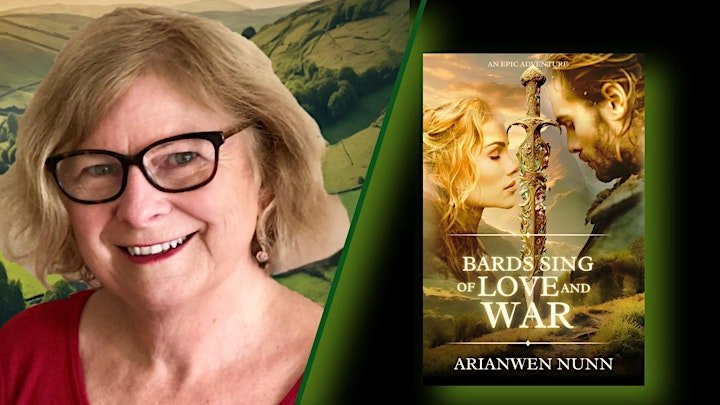
Meet the Author: Arianwen Nunn
Down Under Interviews: Author Arianwen Nunn
"Bards Sing of Love and War" is a gripping historical novel set in 12th-century Wales, where love, honor, and ambition clash amidst the Norman invasion. Chief bard Rhoddri imparts wisdom to young Tal, setting the stage for a tale of political intrigue, familial loyalty, and forbidden romance. As King Henry I campaigns against the Welsh, Griffith ap Rhys raids to reclaim his kingdom and win the hand of Gwenllian, daughter of King Gruffydd ap Cynan. Gruffydd faces betrayal from within his court and the threat of Norman lords, leading to a web of deception, secret marriages, and daring rescues. Rich in historical detail, this novel promises to enchant fans of epic romance and adventure.
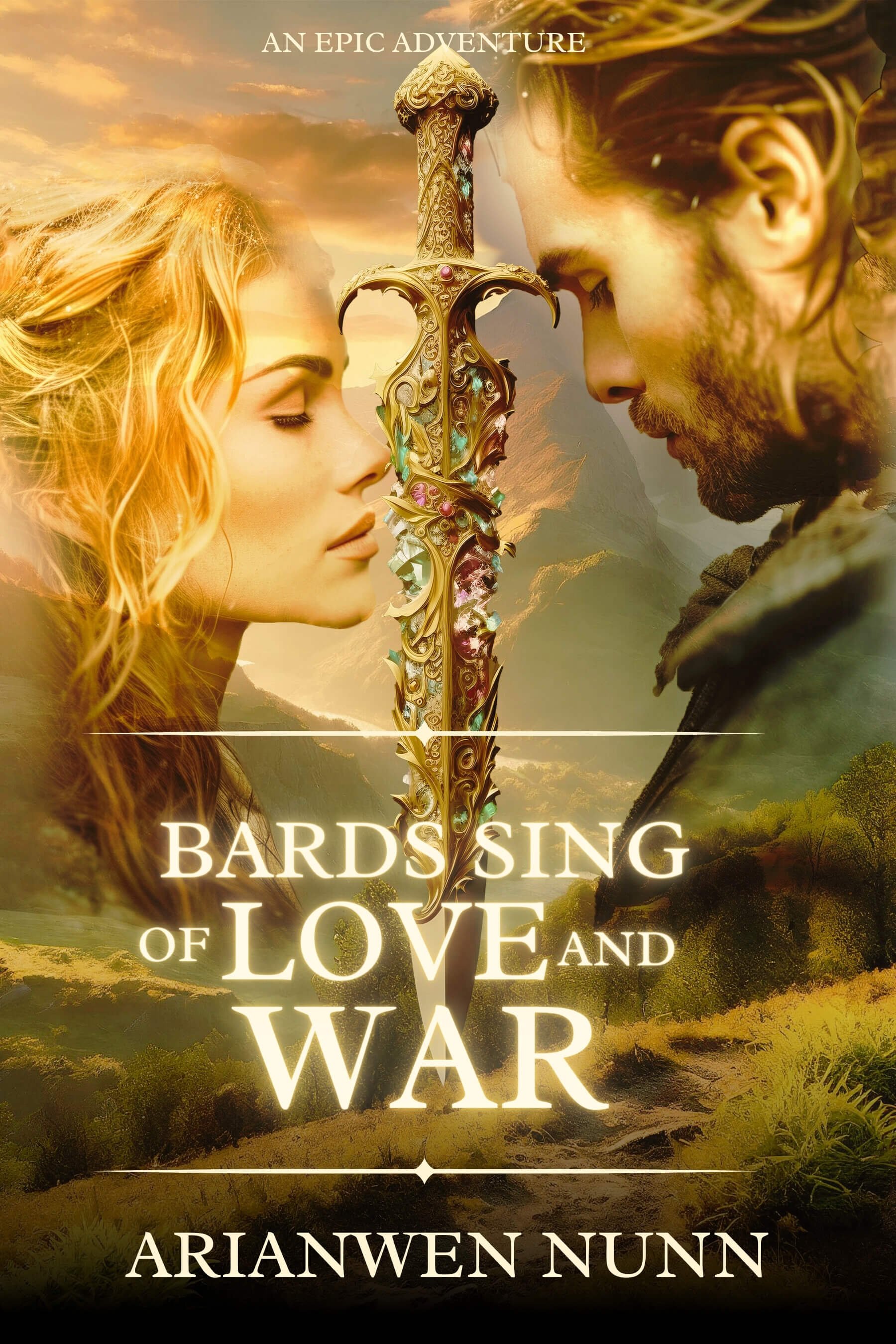
Filling in the Gaps in the Lives of the Gwynedd Royal Family
Historical fiction is a delicate balance between rigorous research and creative storytelling. As an author, I dedicate myself to staying true to the characters from history while weaving authenticity and creativity into the narrative. This is the balance I strive to achieve in my series about Gruffydd ap Cynan and his family, a significant dynasty in Welsh history—a balance that is both challenging and rewarding.

How a Welsh traitor’s daughter became an esteemed queen
Angharad ferch Owain was born into significant political turbulence and social change. The Normans had set their sights on Wales, and her father, Owain ap Edwin, navigated with all his diplomatic skill to retain power in East Gwynedd. His successful relationships with the Normans saw him assist them against fellow Welshmen, earning him the title Owain Fradwr or Owain the Traitor. However, his daughter, Angharad, married Gruffydd ap Cynan, and her subsequent years as Queen of Gwynedd showcased her resilience, diplomacy, and sharp intelligence.

How did the Normans suppress the Welsh?
Many people have asked me how Norman England under Henry I had such an impact on what the Welsh kings were allowed to do in the early 12th century. To understand this, we need to look at William the Conqueror’s concerns after his conquest of England and the role of the Marcher lords.
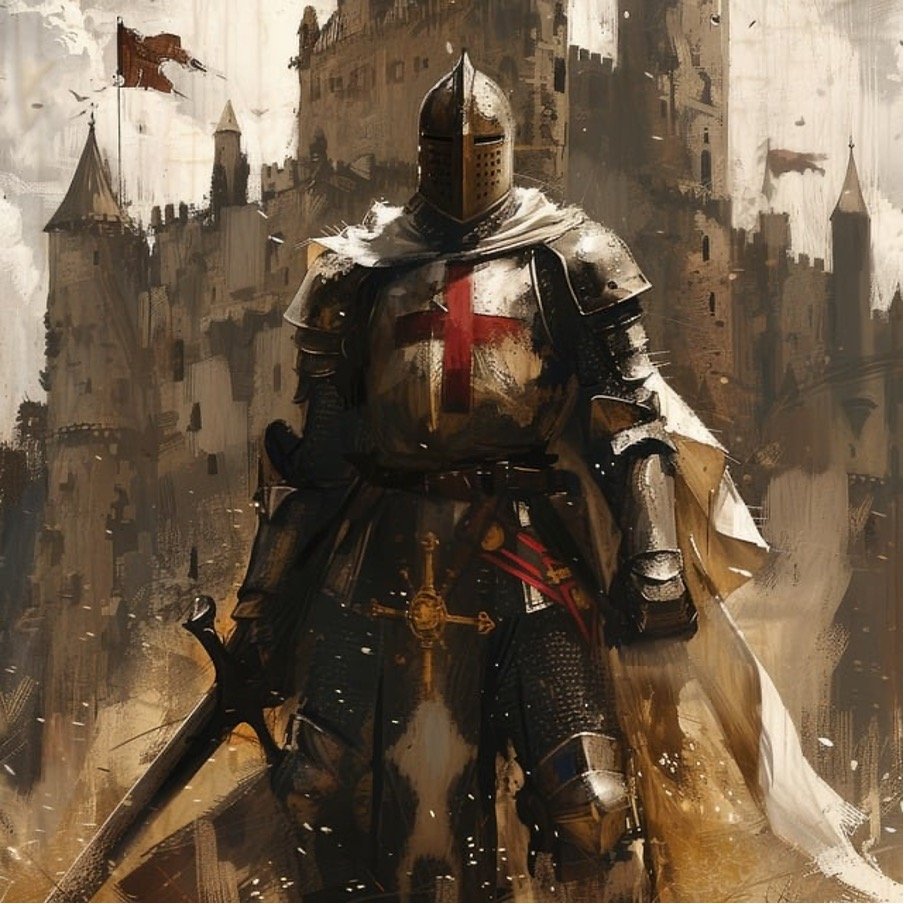
What is the difference between a Norman castle and a Welsh llys?
The dense collection of castles dotted throughout Wales reminds us that it has a vibrant history. Yet, if we delve into the pre-Norman era, we uncover a distinct architectural panorama. Instead of the imposing stone edifices that epitomise Norman dominance, we encounter fortified dwellings known as llysoed. These llysoed, exclusive to Wales, stand apart from the Norman castles in their structure, function, and cultural importance, mirroring the diverse societies and resources of the Welsh and Normans.

Did Madog ap Owain Gwynedd discover America?
Imagine a world where America was discovered not by Christopher Columbus, but by a Welsh prince named Madog ap Owain Gwynedd in 1170. This intriguing legend, which has captivated historians, explorers, and maritime history enthusiasts for centuries, is a tale I, for one, would love to be true. But what do we really know about this enigmatic figure and his alleged discovery of America?
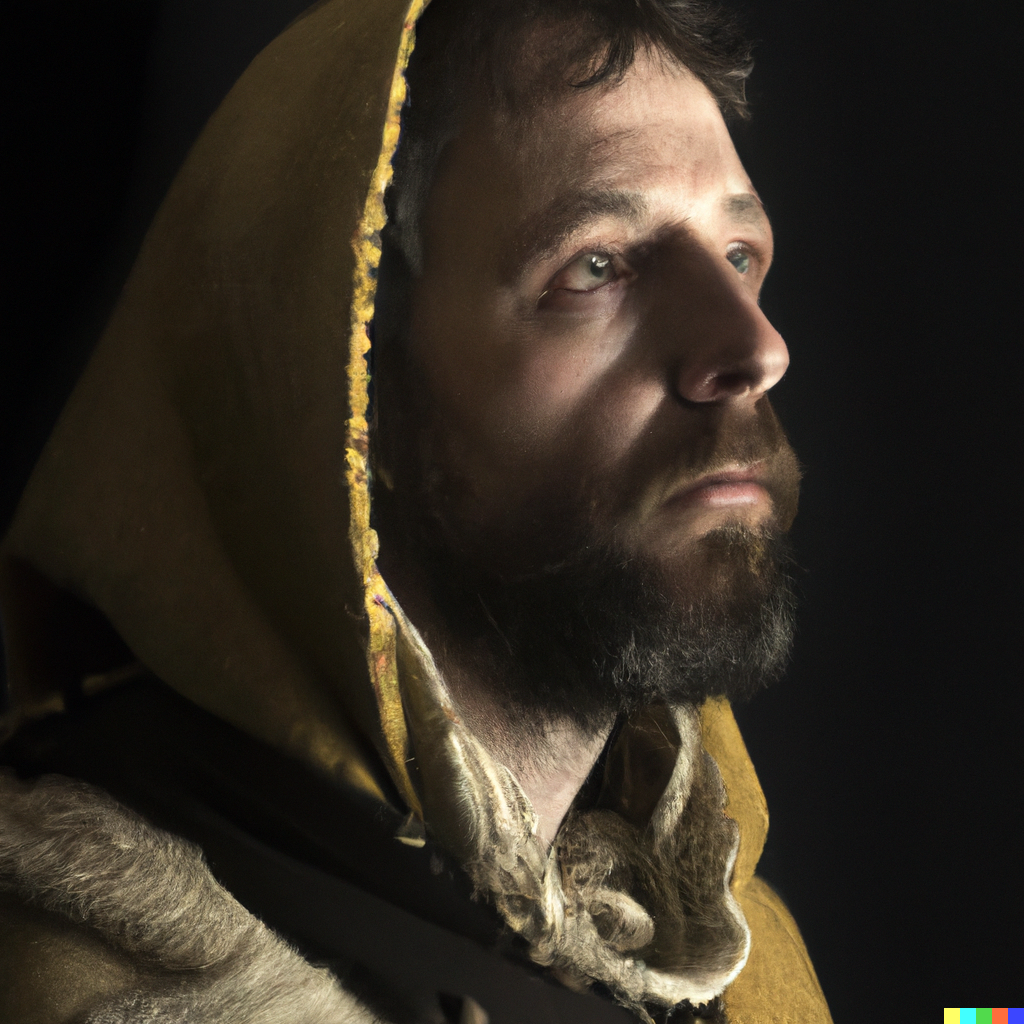
Who was Griffith ap Rhys?
Griffith ap Rhys, a man forged in the crucible of tragedy, witnessed his father, Rhys ap Tewdwr, the king of Deheubarth, fall to the Normans. This cataclysmic event cast him into exile in Ireland, a period that would shape his character and fuel his unyielding quest to reclaim his family’s lands and honour and to secure freedom for his people.
